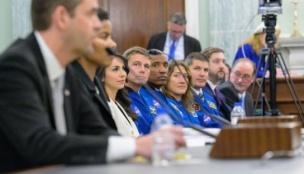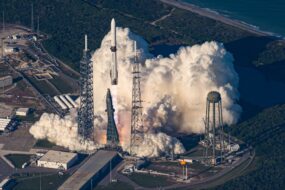Last week, NASA released a new crowdsourcing competition to build out a virtual reality (VR) Mars simulator. The agency would be able to use the simulator to prepare astronauts for the various scenarios they may encounter on a mission to the Red Planet.
The competition: Participants are given access to a pre-constructed digital world that emulates the terrain and gravitational conditions of Mars. They are then tasked with constructing specific missions within this realm.
The contest is divided into two phases:
- Phase 1 (Storyboard): Design and outline the training scenarios.
- Phase 2 (Development): Develop VR functionality to bring the storyboard to life.
“These assets and scenarios will be essential to exposing researchers and test subjects to EVA-relevant scenarios, procedures, and informatics while on the Red Planet,” said Patrick Estep, human performance engineer at NASA.
The competition is conducted with crowdsourcing platform HeroX, Fortnite and Unreal Engine maker Epic Games, and immersive VR company Buendea. 2,300 participants have already entered the competition and $70,000 will be distributed to multiple winners.
Preparing for Mars: With NASA planning to send a crewed mission to Mars in the mid-2030s, it has begun taking the initial steps to ramp up crew preparation.
- NASA has already identified thousands of tasks that astronauts may need to carry out on the Red Planet.
- The jobs vary in complexity, from routine fuel tank inspections to complex habitat construction.
Pivot to Virtual: To prepare astronauts for space, NASA has traditionally relied on expensive physical simulators, such as human centrifuges, analog missions, and large mock terrains. The pivot to virtual gives NASA much more flexibility to design comparably complex training scenarios at a fraction of the cost.




